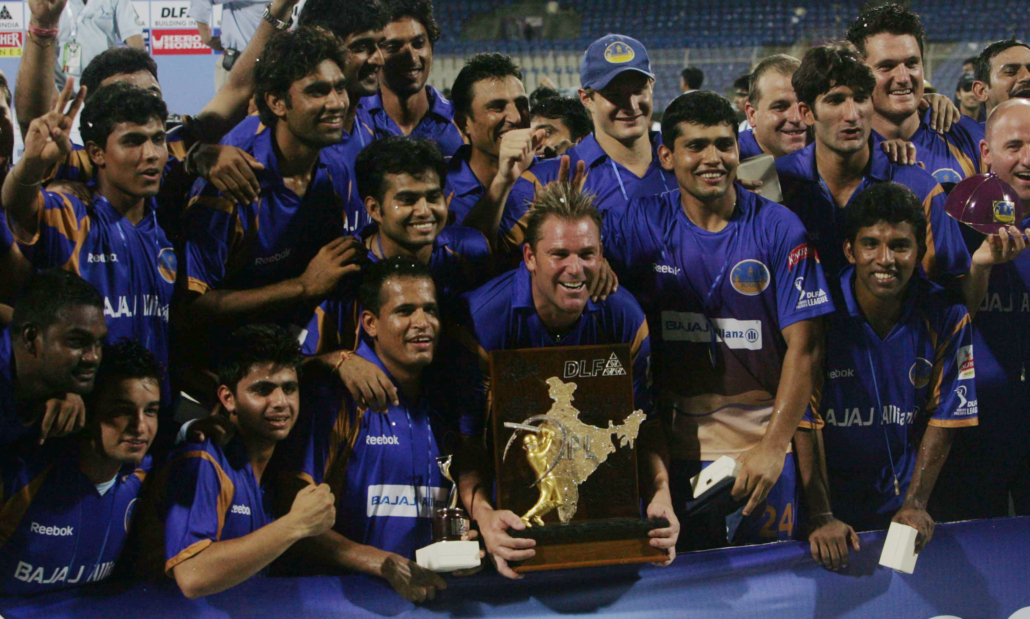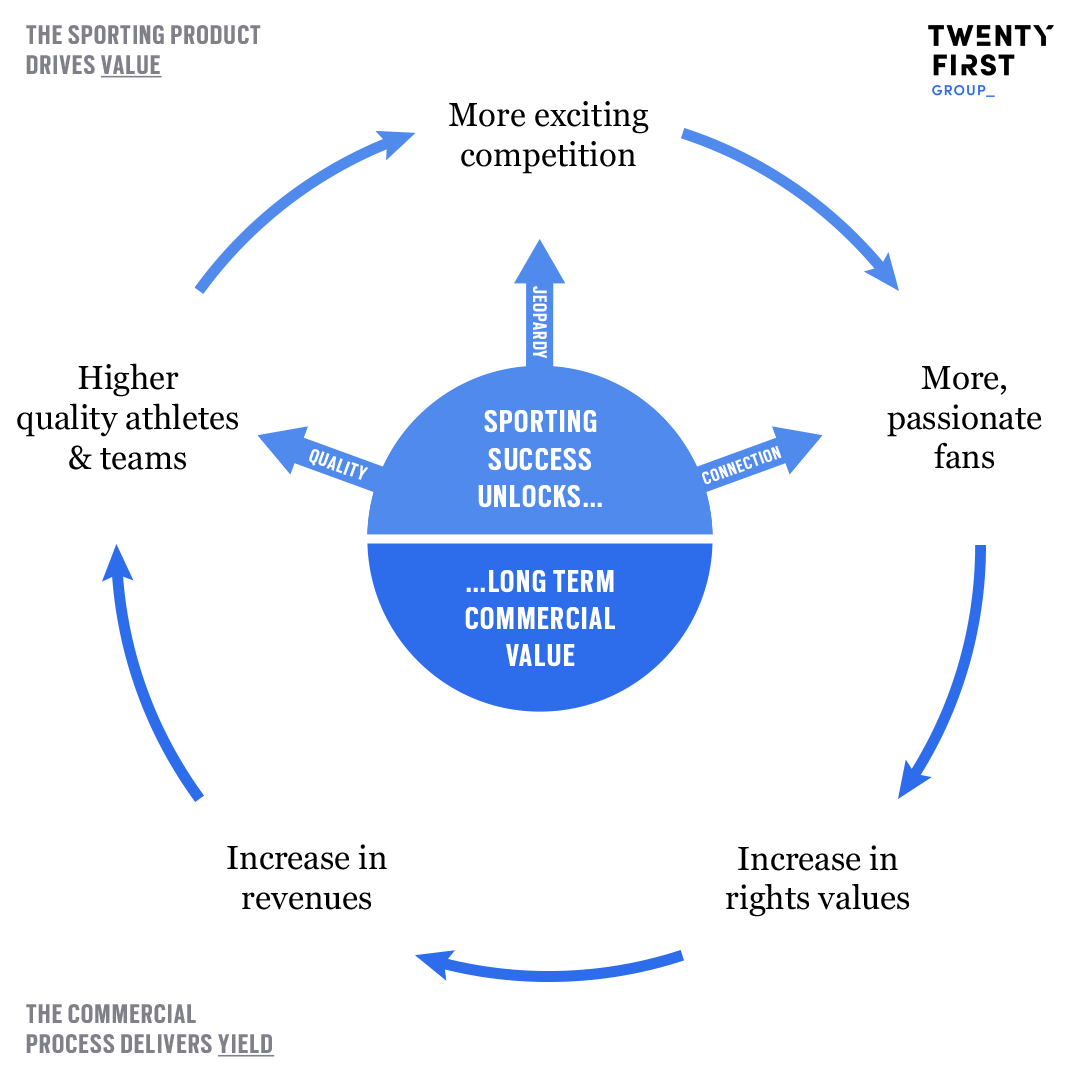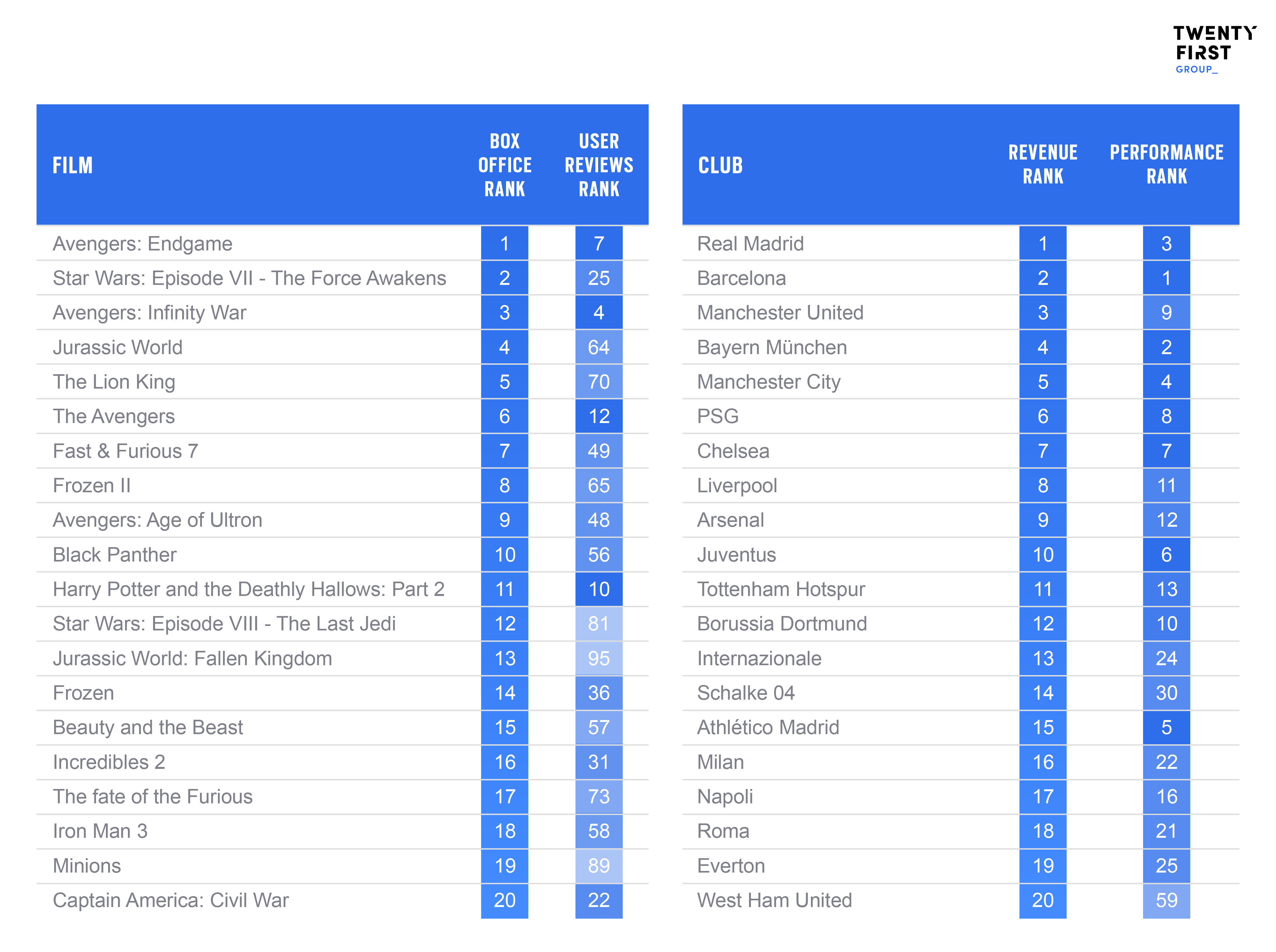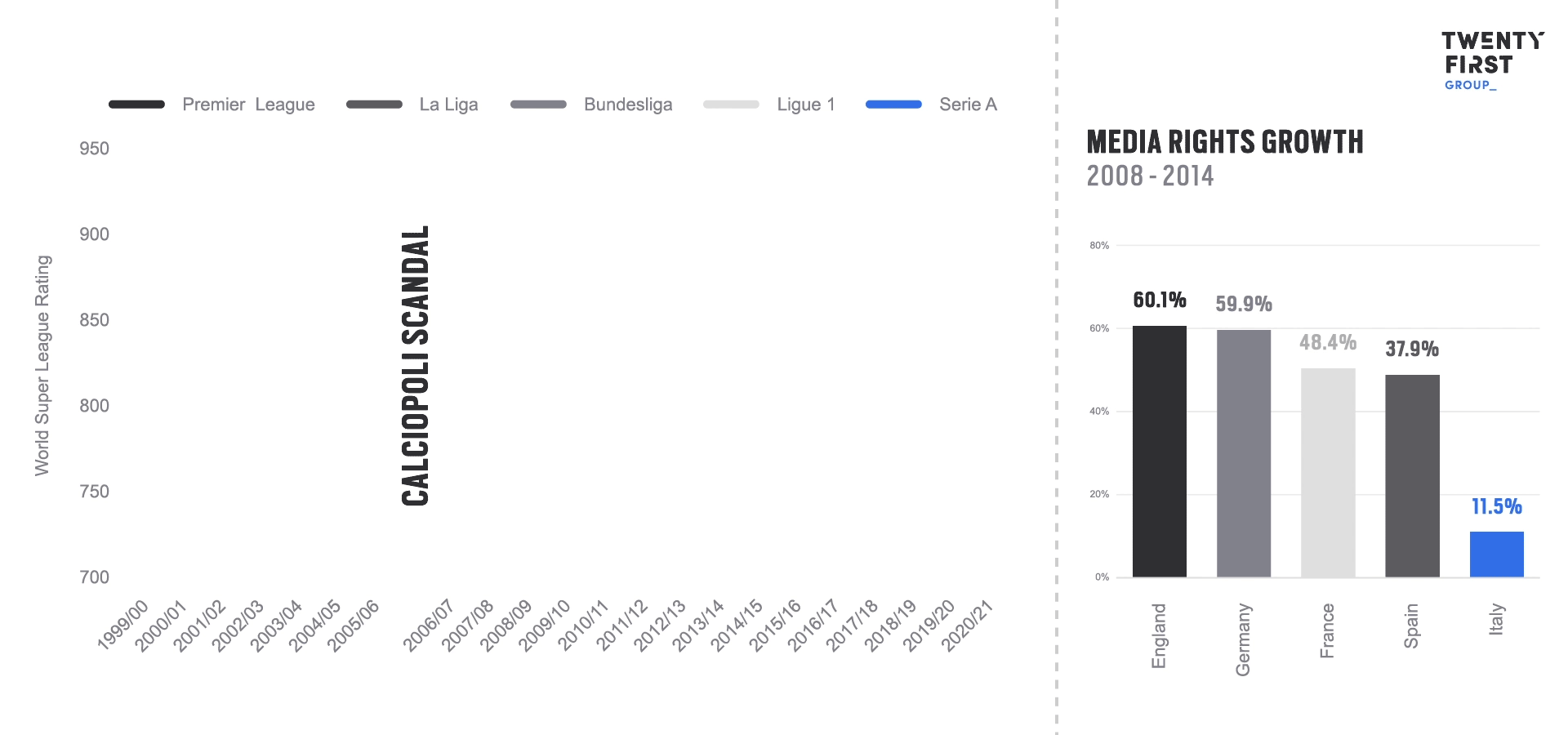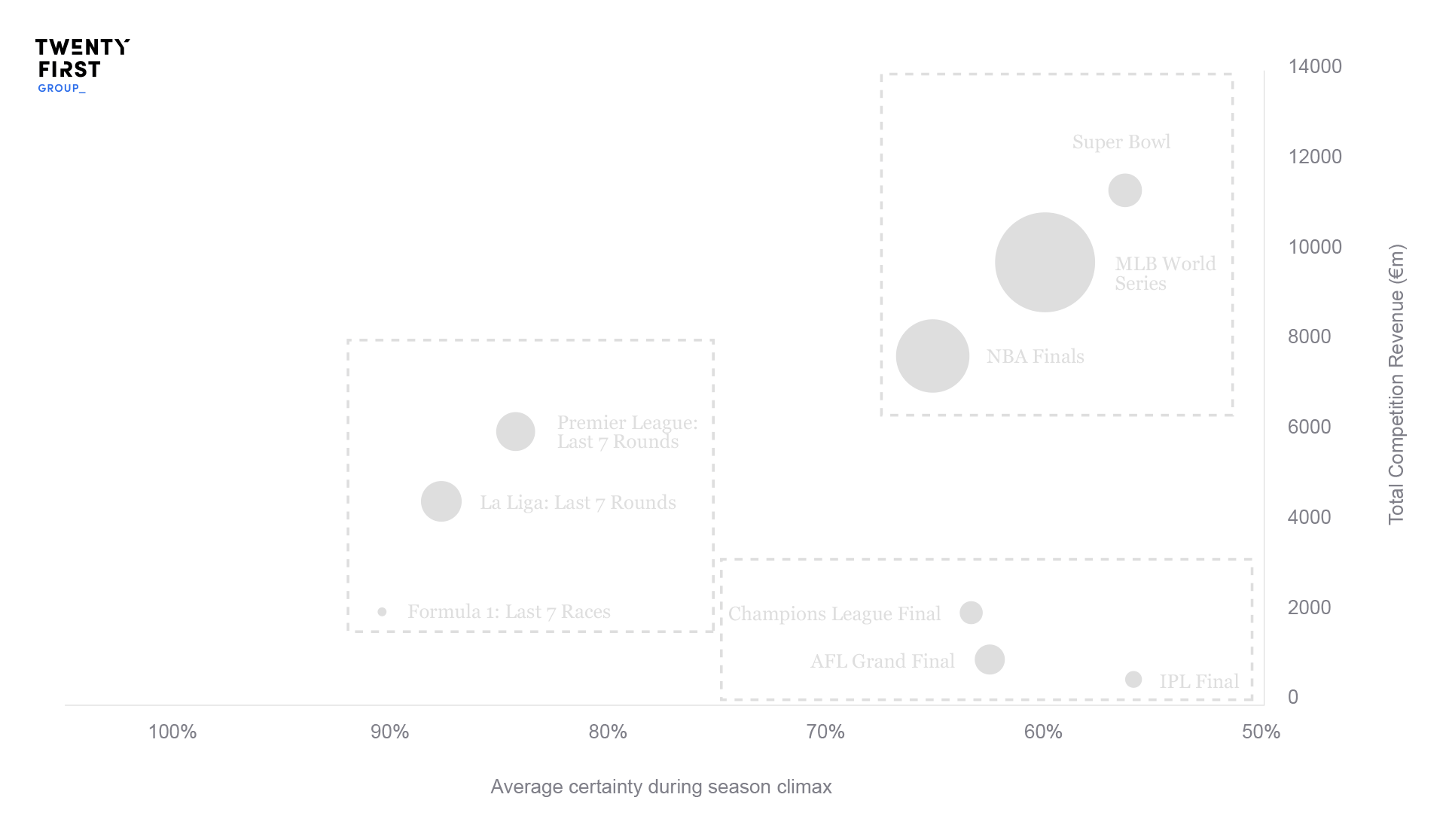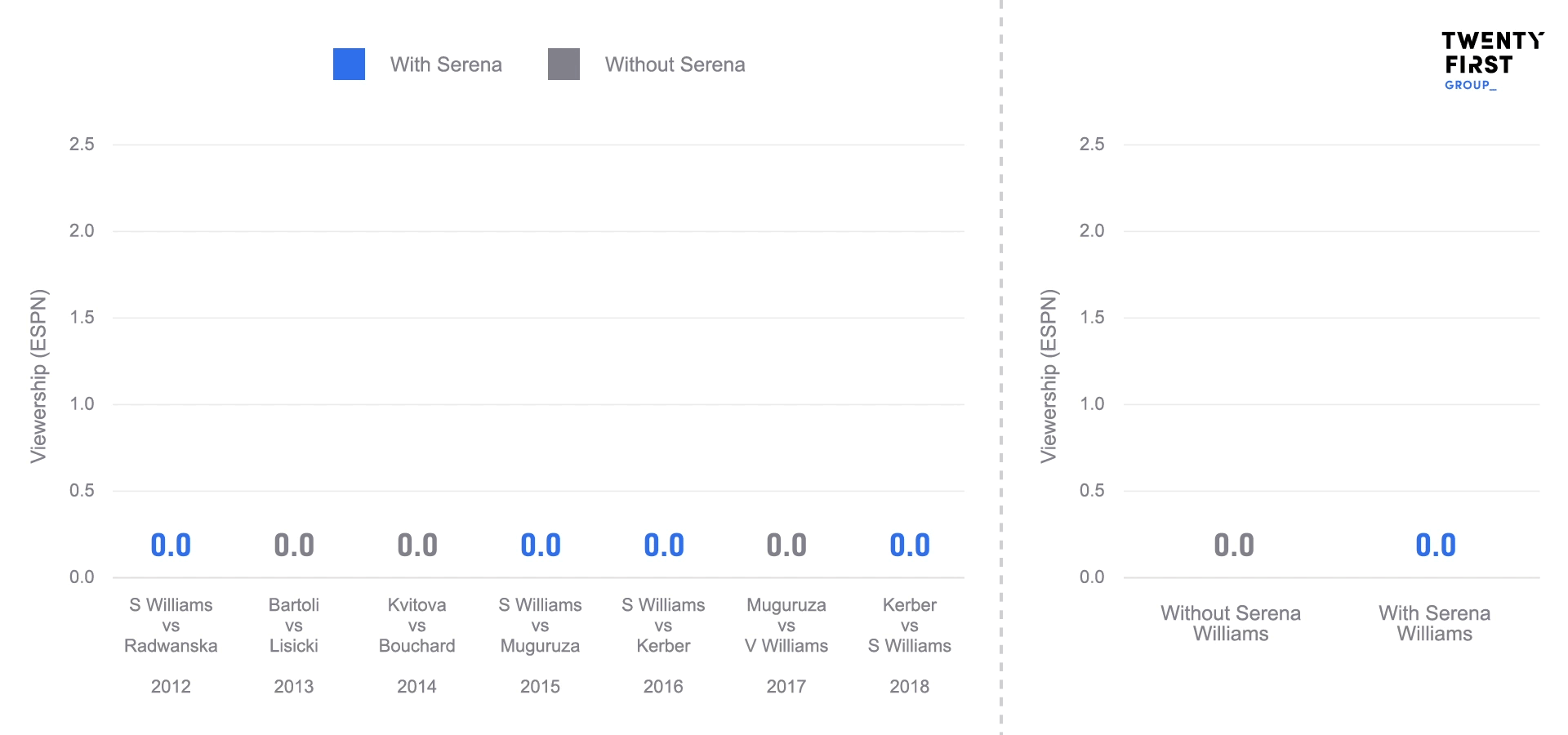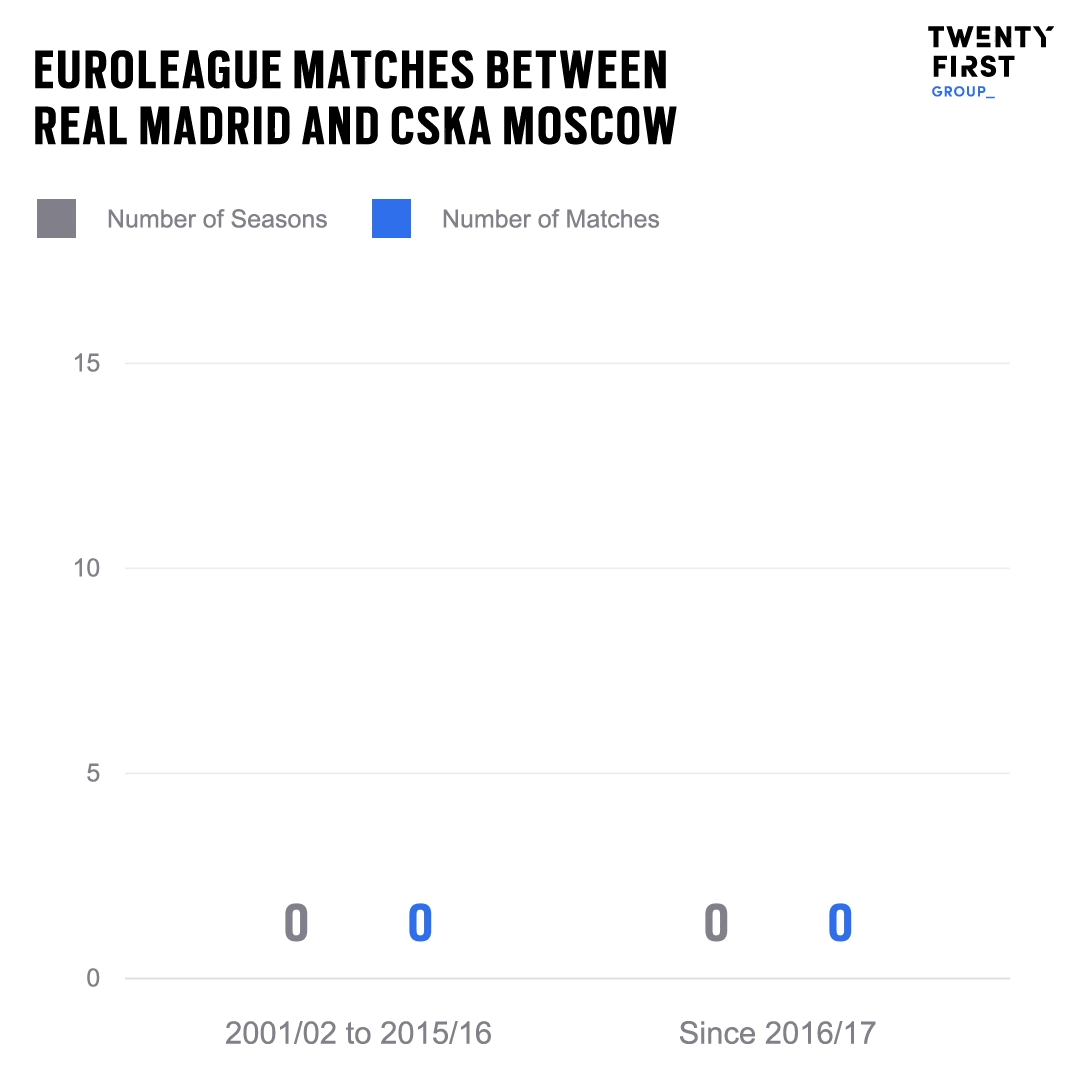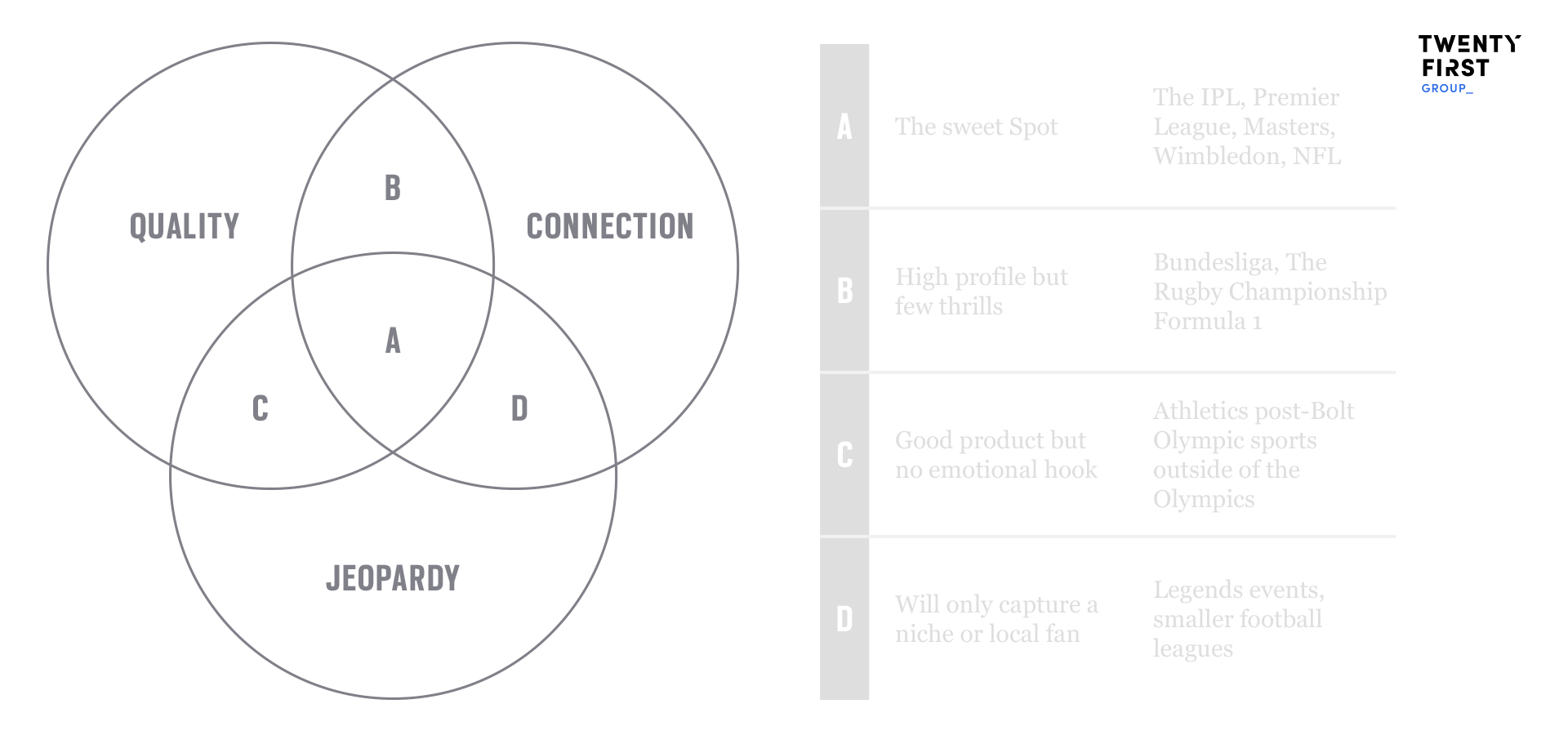Thought Leadership
Eye on the ball:
how sporting success unlocks commercial value
22 MIN READ
Thought Leadership
Inspired by what you’re reading? Why not subscribe for regular insights delivered straight to your inbox.
As its inaugural season prepared for its final ball, the organisers of the Indian Premier League could barely believe their luck. In front of a full stadium, with a billion-dollar television deal to live up to, the final was as close as could possibly be. It was fairytale, you-couldn’t-script-it sport, and while the maiden champion was yet to be determined, the competition’s fate certainly was: within 10 months the IPL’s media rights deal would grow by 80%, and within 10 years a further 158%.
These moments create the narratives that make sport so compelling and attract the attention and passion of so many fans. Yet an irony of unscriptable sporting moments – including that of the IPL finale – is that they can be influenced. Rights holders can increase the likelihood that their sporting product will capture the attention of fans through ensuring it delivers in three key areas:
- Quality: fans need to be impressed
- Jeopardy: fans need to be kept in suspense
- Connection: fans need to care
Quality is relevant simply because watching the best is more interesting than watching ‘very good’. Sports fans have a keen eye for the superhuman, with their appreciation for excellence often borne out of their own experience in striving (and generally failing) to replicate what they see at the pinnacle.
Jeopardy is sport’s differentiator from other forms of content. Sport delivers competition and tension, and it is the genuine uncertainty of outcomes – the unscriptedness – that entertains us in a way that film, television, or books rarely can. It means that something that actually happens can still be ‘unbelievable’. It is why sport often resonates more than even the most compelling fictional narratives and why ‘live’ remains sport’s crown jewel, often valued ten to twenty times more than highlights rights.
Finally, fans must have a connection to the protagonists; they have to care. Sports elicits emotion like little else, and nurturing this through both increasing the number of fans who feel it and the extent to which they do adds to the rich and valuable tapestry of compelling sport.
From yield generation to value creation
Rights holders need to deliver quality, jeopardy and connection to have a product worth selling. Yet over recent decades, the strategic focus for competition organisers has been on generating yield on their existing products, rather than driving long-term value through influencing these three factors. The commercial success of the Premier League, through creating competitive tension in the media rights auction process, has been the model that many competitions have tried to emulate. For the Premier League, this kick-started a flywheel, generating greater revenues for the league in the 1990s, which in turn raised the quality of the product through providing teams with money to invest in talent, which in turn raised fan interest, which in turn attracted more broadcasters domestically and internationally, and so on until the league reached its current status as the richest and best in world football.
But the days of perpetual growth appear to be over. Most commentary on the outlook for the media rights market is that values may have reached their peak. Faced with endless entertainment choices, fans are becoming more discerning in what they choose to watch, and therefore what they are willing to pay for. Cord-cutting has meant many younger fans consume sport in other ways, including through social media. This creates a strategic challenge for rights holders who now have to work harder to justify attention, shifting their focus from engineering the commercial process to producing a more compelling product to sell.
It may have been reasonable to expect that sports fans spending endless hours at home during the Coronavirus pandemic would have arrested this trend, but if anything Covid has accelerated the shift. There was a decline in viewing figures for most sports events in the US, with the NBA and Stanley Cup playoffs audiences falling by more than a third. While competition for attention from multiple sports and entertainment products and coverage of a particularly fractious election may account for some of this, it is clear that fan appetite for sports content, and therefore rights values, has its limits.
A stagnant or declining market requires sports properties to steal share in order to grow. While getting the commercial process right remains a key part of that challenge, driving the quality of the product itself is now more important than ever. Rights holders must now be focused on value and yield. Fortunately, there’s plenty of green space to run into here. There has been little genuine innovation in how competitions maximise the three pillars that have made the IPL such a success: quality, jeopardy and connection. Those rights holders who marry a strategic mindset with courage and creativity stand to win out in the long run.
Quality
You won’t find many industries where consumers have as acquired taste for quality as in sport. According to analysis by the New York Times, since 1980 only four movies were named best picture at the Academy Awards while topping box office charts, suggesting moviegoers are willing to compromise on quality for something else. In the 2010s, the 20 highest-grossing films bore no correlation with their IMDb user review rank in the decade, yet in football there was close to a one-to-one relationship between revenue and performance (below). Equally, some of the biggest names in retail don’t necessarily have the highest quality product; consumers tend to consider quality not in a binary sense, but in the context of overall value for money.
Yet in sport, fans are incredibly perceptive and responsive to quality. Unlike in film, the best teams are the ones that win the prizes. And unlike in retail, the concept of fans shopping for the best ‘value for money’ property doesn’t really exist. This shouldn’t be a surprise, with quality in sport defined in black-and-white terms on scoreboards, but it is notable the extent to which quality and revenue correlate and how unlikely it is that a lower-quality competition or team will be able to outperform a higher-quality competition or team in generating money.
The relationship is, in many cases, self-perpetuating, as described in the context of the Premier League above. But we can also see how quickly the picture can change when the quality – for one reason or another – dries up. During the 1990s, Italy’s Serie A was indisputably the best league in European football. They accounted for almost half of the Ballon d’Or nominees in the decade, and had almost four times as many European finalists as any other competition. The league’s quality was tied to its wealth; 47 of the 100 most expensive transfers in the decade involved an Italian buyer. And while the Premier League eroded the league’s position in the early 2000s, by the middle of the decade Italian clubs still had comparable revenues to German Bundesliga and Spanish La Liga clubs.
While there were a myriad of issues creeping up on Serie A by this time, the Calciopoli scandal, where several Italian clubs were found to be influencing the selection of referees in their favour, severely and quickly dented the league’s quality and reputation. It was perhaps the biggest culprit for Serie A’s fall from grace. Champions Juventus were relegated, and over the following years star players such as Andriy Shevchenko, Kaka, and Zlatan Ibrahimovic departed to England and Spain. In the TFG World Super League model, the quality of Italy’s top four clubs fell from third in the world – and within touching distance of Spain and England – to nearly below France’s Ligue 1, in fifth. The league had lost its position of strength in the eyes of football fans, and between 2008 and 2014 club revenues – of which media rights money played the most significant part – grew just 12%, compared to 60% in England and Germany, and 38% in Spain.
In the case of Serie A, stronger governance would have prevented the scandal and its consequences. But mitigating disaster is not enough – competitions can help set their teams and athletes up for success too. This is an approach that we have adopted in partnership with the Canadian Premier League, by supporting the league with the recruitment of talented non-Canadian players. Through the use of our team and player models, we have helped identify players who are likely to improve the standard of play in the league, but are also affordable and likely to grow in value should the league look to sell them on.
Japan’s rugby union Top League has adopted a similar approach – albeit on a grander scale – by extensively recruiting high-profile players from the major southern hemisphere nations. This has raised the standard of competition, especially among homegrown players. The league is transitioning to a more professional setup from next year, with attendances having more than doubled in 2019/20 (thanks in no small part to the buzz from hosting the World Cup).
Quality needn’t be imported at great expense though. Rights holders that are prepared to be patient can develop quality over time, too. This was the case for British Cycling, who in 1997 capitalised on the introduction of National Lottery funding to develop world-class infrastructure, technology, and coaching, focusing on the much more controllable environment of track racing. This resulted in an Olympic gold medal boom, and subsequently revenue growth from sponsors and fans. In the final year of the London Olympic funding cycle, just 38% of British Cycling’s funding was from non-grant sources, but by 2019 this had grown to 58%. Total revenue had grown by 38%, from c. 24m c. 33m. Fans and sponsors were unwilling to associate themselves with middle-of-the road athletes, but this all changed when British cyclists became among the highest quality in the world.
Jeopardy
Sport is more effective at delivering jeopardy than any other form of entertainment. Jeopardy is what happens when high-stakes meet uncertainty, and fans respond to jeopardy in material numbers. We know this from viewing figures and attendances. In the football leagues we have analysed, a match that has significance in the title race can boost viewership from anywhere between 20% and 50%, compared to an equivalent match where the title was already (virtually) decided. The threat of relegation too encourages significantly more people to watch games they would otherwise ignore, given these games tend to involve lower-quality teams.
Sport is uniquely positioned as an industry where it is in each actor’s interest to have close competitors. This is something US rights holders in particular have recognised through ‘socialist’ models designed to preserve competitive balance. To effectively create jeopardy competitions need to strike a balance between uncertainty and high-stakes. This means maximising the number of games that have ‘meaning’ during an event, without going so far as to lose credibility as a sporting contest, or not delivering an outcome that could be deemed ‘fair’. Cup finals are exciting and draw viewers, but you couldn’t hand out a trophy after every match lest you reduce the stakes.
European football has more recently struggled with this balance between jeopardy and retaining high stakes. Using competition formats that were devised over 100 years ago, far too many leagues are predictable in their outcomes, and may go years before producing an entertaining title race or end-of-season thrill. Competitive balance – a key driver of jeopardy – can be achieved through a flatter media rights distributions (as the Premier League have done), but also through innovative competition formats.
Take tennis’ Laver Cup, which, by increasing the points to play for as the competition progresses, has evolved golf’s Ryder Cup scoring format to increase jeopardy on its final day. Unusually for a startup event, it has sold out every session it has played in its three editions to date; while the brand of Federer and the standard of tennis on offer is clearly a draw, the knowledge that there will be everything to play for throughout is not something that can be said for, for example, a bilateral cricket series. The use of a third set 10-point tiebreak only adds to randomness and therefore uncertainty around matches, showing that not only should the rules of competition be up for consideration, but the very rules of the sport too.
Events that reach a climax through a finale with all to play for while not diminishing the meaning of all the results that lead to that point tend to generate greater revenues, though this must be balanced with the desire to generate more matches or events too.
Fortunately for rights holders, it needn’t be a guessing game about what types of formats actually generate interest and maximise entertainment. Through analytical models, we at Twenty First Group quantify the quality of teams and athletes in a competition, and simulate out what might happen under different formats (such as here, for lower league football in England, or in our work with the Eredivisie). Competition organisers can use these models to understand how tweaks to the competition might generate fewer lopsided matches, or impact the odds of the best-performing team or athlete lifting the trophy. Simply put, jeopardy can be robustly predicted and positively influenced.
Connection
Connection is difficult to measure, and hard to grasp, but its intangibility does not diminish its importance to rights holders. Connection forces people to fork out a high proportion of their income on season tickets. Connection is what brings fans to a mediocre stadium to watch a mediocre team play another mediocre team in a match with nothing at stake. Connection is sports quintessence. Fan is short for ‘fanatic’ after all.
Connection is why rights holders are always eager to emphasise the importance of their biggest brands. In tennis, one of those ‘brands’ is undoubtedly Serena Williams. Serena is such a draw that Wimbledon finals involving one of tennis’ all time greats achieved an uplift in US viewership of around 50%. In 2018, Williams’ final drew a higher peak audience on the BBC than Djokovic’s final the following day; while the men’s final clashed with the FIFA World Cup final, the narrative around Williams having the chance to equal Margaret Court’s grand slam singles titles record was an extra reason to watch – and further connection to – the action.
Meanwhile Tiger Woods, even in recent years with superpowers dimmed, still commanded the most interest given the extent to which fans have some connection with him over the years of his career.
It’s important not to misunderstand that connection, too. Owners of the dozen European football clubs that developed the European Super League thought the fact that they had the biggest global followings – interpreted as the most connections to fans – meant that such a competition would be an unqualified success. However, the fans revolted; the owners did not realise that the connection was grounded in the context and connection to football’s existing competitive landscape. What’s more, the fans rejected the idea of a league that lacked relegation jeopardy for its permanent members.
Increasing ‘connection’ with fans may be done both by increasing the number of people who feel something (breadth) and the extent to which they feel it (depth). Rights holders have tried various strategies to engineer this in the past. Juventus’ purchase of Cristiano Ronaldo may have, in part, been driven by a desire to give his many legions of fans an instant connection with the club, a strategy that appears to have worked. In the month of his arrival, Juventus’ social following grew 12 percent (compared to a typical 2 percent growth rate), while Ronaldo’s sheer presence has seen attendances at Juve’s away games increase as even non-Juventus fans wish to see the global superstar. This effect reversed at Real Madrid since his departure. While the longevity of this connection may be finite, the club have yielded some commercial benefit too, with its kit manufacturing deal more than doubling after Ronaldo’s arrival. The ‘star players’ approach has been seen many times over in football – including J-League with Fernando Torres and Andres Iniesta, the Chinese Super League with the likes of Hulk, MLS with their Designated Player ruling defined to accommodate the star quality of David Beckham, and Real Madrid more generally with their ‘Galacticos’.
There are other examples where the league structure itself is used as a means to drive or capitalise on connection. The 2019 Cricket World Cup utilised a 10-team round robin format to guarantee nine matches for India – the team with the biggest following and most commercial value in the competition (India’s pull is so large, the International Cricket Council deemed this preferable to having more teams from new markets). Indeed the ICC has admitted to fixing multiple tournament draws to ensure India and Pakistan play in the same group, such is the value of the emotion and interest generated from this match.
Likewise, Euroleague basketball has prioritised being a platform to leverage the connection that its participants have with fans, as IMG basketball’s commercial director Xavier Bidault told SportBusiness. “The format [change in 2016] has been very important to how we’ve commercialized the rights,” he told SportBusiness. ”Every year you can guarantee the same matchups from one country to another, the same number of games for the big teams. And I think from a media perspective it really helped the storytelling as well. It’s helped to build those big rivalries and the narrative behind them from one year to another.” Real Madrid and CSKA Moscow is one of those narratives; prior to 2016 the two giants of European basketball hardly met in genuine competition. The move to a single group format has helped develop a rivalry, which is critical to fostering interest when competing with sports such as football.
Some rights holders have even successfully developed connection between fans and sport from scratch. Formula One’s Drive to Survive documentary series on Netflix is produced in collaboration with the sport, appealing directly to a cord-cutting young audience. In 2018 and 2019, 62% of new fans to the sport were under the age of 35, with notable year-on-year viewership growth in the US. Also in motorsport, Extreme E are turning fans into participants through their ‘GridPlay’ voting system, where the grid positions in the final of each race is determined by the number of votes received by each team – a model that has driven the success of non-sporting entertainment shows like X Factor for years.
Other approaches involve finding other ways for fans to derive more enjoyment from the product. The Premier League uses its fantasy game – played by over seven million people – to provide a route for new fans to find meaning in the action, lowering barriers to entry and driving fan acquisition and engagement. We’ve worked with Sky Betting and Gaming along with other brands in order to help tell performance stories that may resonate with their customers and fans, deepening their connection with and understanding of the event. Finding narrative value in the action and showcasing this in a way that is both interesting and informative can help fans deepen their connection with the competition, while making the action more accessible to new audiences.
The merits of connection are clear, but to be successful rights holders need to understand what connects fans to their product and devise creative ways to positively influence it. We know that this can range from attracting existing sporting ‘brands’ who can bring fans with them, engineering the competition structure, telling compelling stories that give fans greater insight into the product, or even finding creative ways to involve fans in the product itself.
A question of balance
As with most things, success is determined by the extent to which you can balance these components of value. Singular focus in one area is unlikely to help rights holders differentiate their products over the long term. For example, tennis and golf’s Champions Tours emphasise the giants of yesteryear. But the connection that people may feel towards Jack Nicklaus or John McEnroe can’t compensate for the fact that their powers have dimmed and even they don’t really care about the outcome. The most successful case studies tend to be those that have excelled in all three areas. The IPL, the Premier League, The Masters, Wimbledon and the NFL are among the most successful sports properties in existence and have tended to deliver across the spectrum.
Looking forward, the future looks bright for Extreme E based on the foundations of the competition. Quality has been assured through their driver lineup – champions from Formula One, World Rallycross, World Rally, Daytona and the Dakar Rally to name but a few. Jeopardy is delivered through the innovative race format where qualifying is worth points and acts as a knockout competition for access to the final, with there being additional jeopardy in the ‘pre-final’ round where further opportunities for progression are awarded. Connection is also assured in part through the star-studded driver line up, but also through the competition’s purpose-driven mindset. Each team is represented by one male and one female driver who share the workload equally, while Extreme E’s raison d’etre is to raise awareness about climate change through both their ‘race without a trace’ initiative and in staging the races in parts of the world most impacted by climate change. This should help to broaden the appeal of a sport which has historically had an overwhelmingly male following and has struggled to keep pace with an increasingly environmentally conscious world.
But back to the past and to the IPL. Even in its first instalment, the IPL found the perfect balance between quality, jeopardy and connection. Eighty percent of the world’s best cricketers (according to the official rankings) were at the tournament (quality). Thanks to an egalitarian distribution of talent and a competition structure that balanced stakes with fairness, the winner was uncertain until the very final moment (jeopardy). The teams were also branded – and iconic players distributed – in such a way as to draw on the affiliation that many Indians will have had with their location, to further create a reason to care (connection).
Add to that the favourable environment into which the tournament was conceived, and it is easy to see why it has been such a success. Perhaps only Brazil and football can compete with India and cricket for the intensity of a relationship between nation and sport. What’s more, the national team’s World T20 tournament triumph nine months prior to the competition heightened interest to fever pitch (where previously there had been apathy, even skepticism about the format). The IPL had everything it needed to flourish.
And, critically, the on-field action delivered. Perfectly poised until the last moment, the underdogs in the inaugural final – the Rajasthan Royals, who competed with the smallest budget – won. In doing so they created an authentic, ‘unbelievable’ version of the against-the-odds narrative employed by virtually every sports film ever made. The IPL organisers may not have had a direct hand in how the first instalment unfolded on the field, but they had put in place all the sporting building blocks needed for the competition to be destined for success. It is those building blocks – quality, jeopardy, and connection – that every rights holder must increasingly focus on to create the next wave in value growth.
